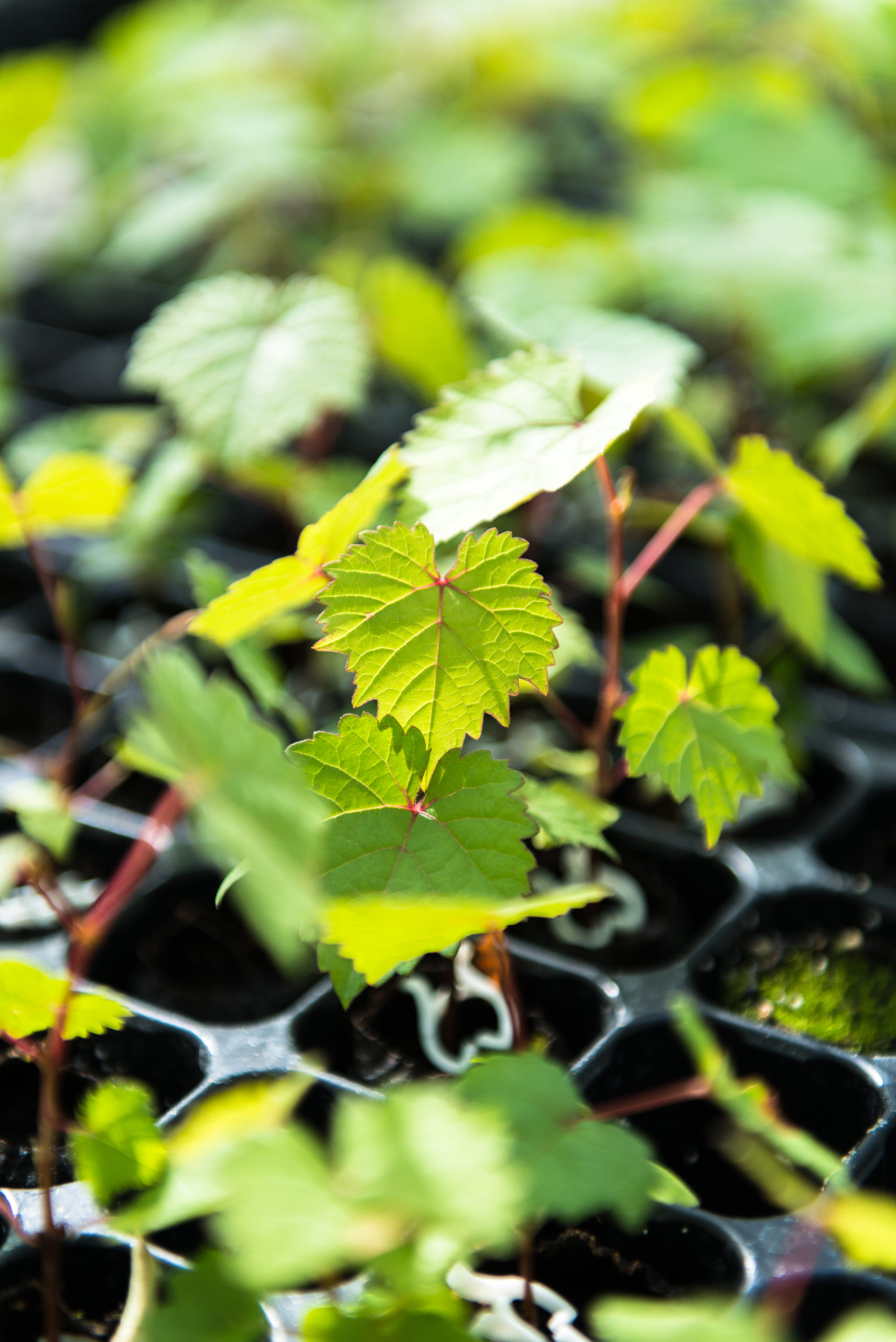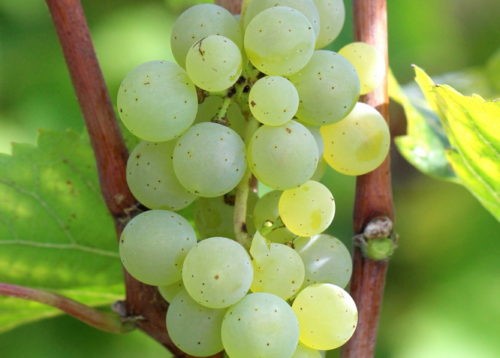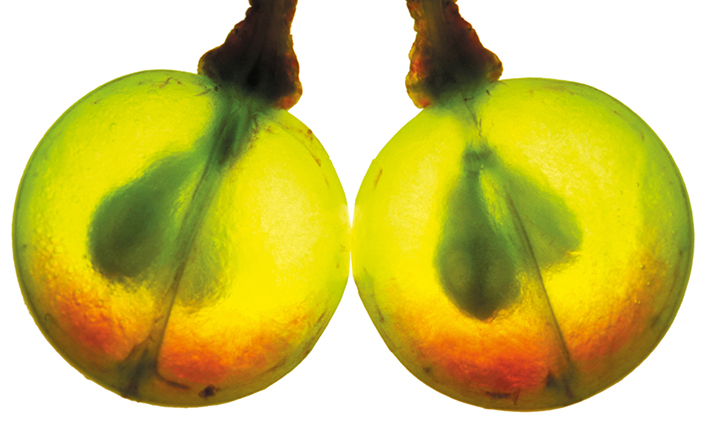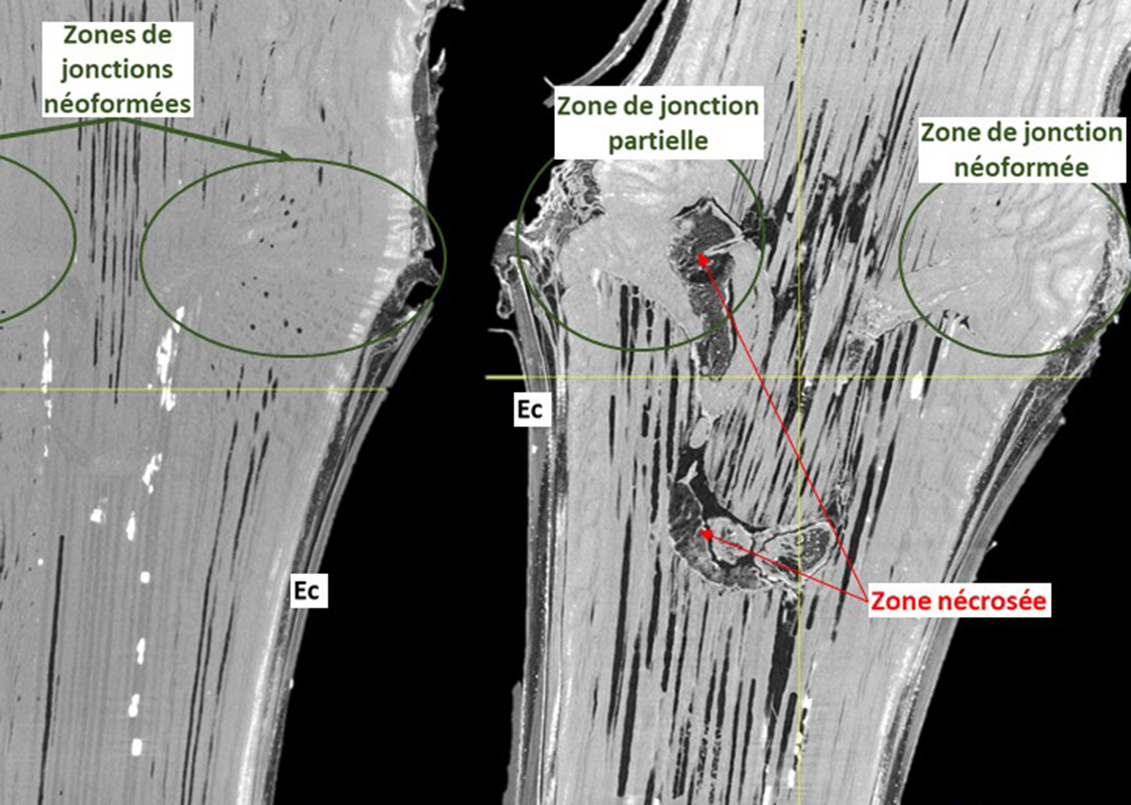The varietal creation and selection programme run by the French Institute of Vine and Wine is dedicated to maintaining the genetic heritage of vines in France, enhancing this diversity, varietal selection and innovation, and to the conservation and dissemination of selected plant material. Its aim is to provide varieties and clones that meet the expectations of wine and vine professionals while taking into account climate change, the necessary reduction in phytosanitary inputs, sustainable management of vine health, lasting resistance to disease and the globalisation of the markets.
CONSERVATORIES
Due to its status as a selection centre, the IFV Plant Material Centre ensures the selection, conservation and distribution of the initial material of all the approved clones of the varieties listed in the Official Catalogue of Vine Varieties Cultivated in France. This work is carried out in close collaboration with the vine selection partners, currently 36 in number, who together form the National Technical Commission for Selection and Participation (CTNSP).
Since 2014, 20 new conservatories have been set up in the various French wine-producing regions and 17 old conservatories have been transferred. This last point underlines the importance of monitoring and ensuring the sustainability of genetic resources within the network, as the plots of land age in the same way as other vines and are subject to the same pressures from pests and diseases.
At the same time, the Plant Material Centre has continued to acquire new genetic resources, complementing the activities of INRAE at Domaine de Vassal: i) varieties listed in the Official Catalogue of Vine Varieties Cultivated in France but not yet present at Domaine de l’Espiguette, ii) non-registered varieties suited to the current needs of viticulture (historical varieties, resistant varieties, foreign varieties, etc.), iii) potential new clones of listed varieties.
Over the last 5 years, the Plant Material Centre has received 717 new varieties, mainly from French vineyards but also from abroad. These include traditional grape varieties (wine and table), resistant varieties, hybrids and some rootstocks.
During this period, IFV and the selection partners registered 56 new varieties in the Official Catalogue and obtained the approval of 101 new clones. The selection objectives were qualitative (aroma, colour, sugar, acidity), quantitative (fertility, bunch and berry size), and agronomic parameters such as susceptibility to cryptogamic diseases and growth habit. The work concerned widely distributed grape varieties (Grenache, Cabernet franc, Cot, Pinot), regional grape varieties (Chenin, Nielluccio, Petit Verdot), local grape varieties (Aubin, Bia, Prunelard, Trousseau noir and Trousseau gris), table varieties (Autumn Royal, Chasselas), juice varieties, foreign grape varieties (Assyrtiko, Agiorgitiko, Calabrese) and the first four varieties resistant to mildew and powdery mildew developed by French programmes (Artaban, Floreal, Vidoc and Voltis).
- [Webinar] Solutions for alternative weed control #1 Electric weeding – Case studies in vineyard, grassland - 27 April 2023
- Mechanical weeding and required technical skills - 26 March 2023
- 10 questions and answers about plant cover in the vineyard - 25 March 2023
- What are the new avenues of research in system experimentation? - 23 March 2023
- What is clonal selection? - 23 March 2023
- Phthalates : Potential sources and control measures - 23 March 2023
- Rosé wines: impact of storage conditions in tank on the polyphenol composition and color - 29 March 2021
- Reducing alcohol content in wines by combining canopy management practices and biological techniques - 29 March 2021
- Enzymes in oenology : production, regulation, applications - 29 March 2021
- Herbicide-free strategies - 26 March 2021





Réagir à l'article
Pour pouvoir laisser un commentaire, vous devez être inscrit sur notre site.
M'inscrireL'inscription est gratuite.
Déjà inscrit
Lost your password?